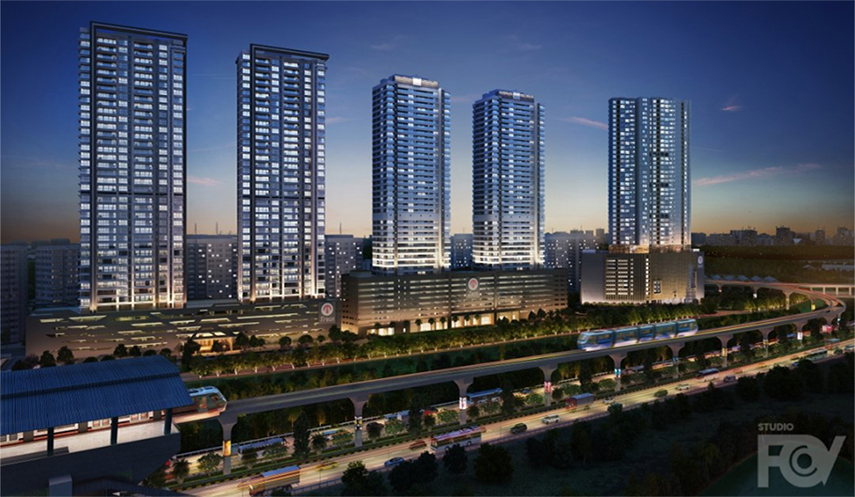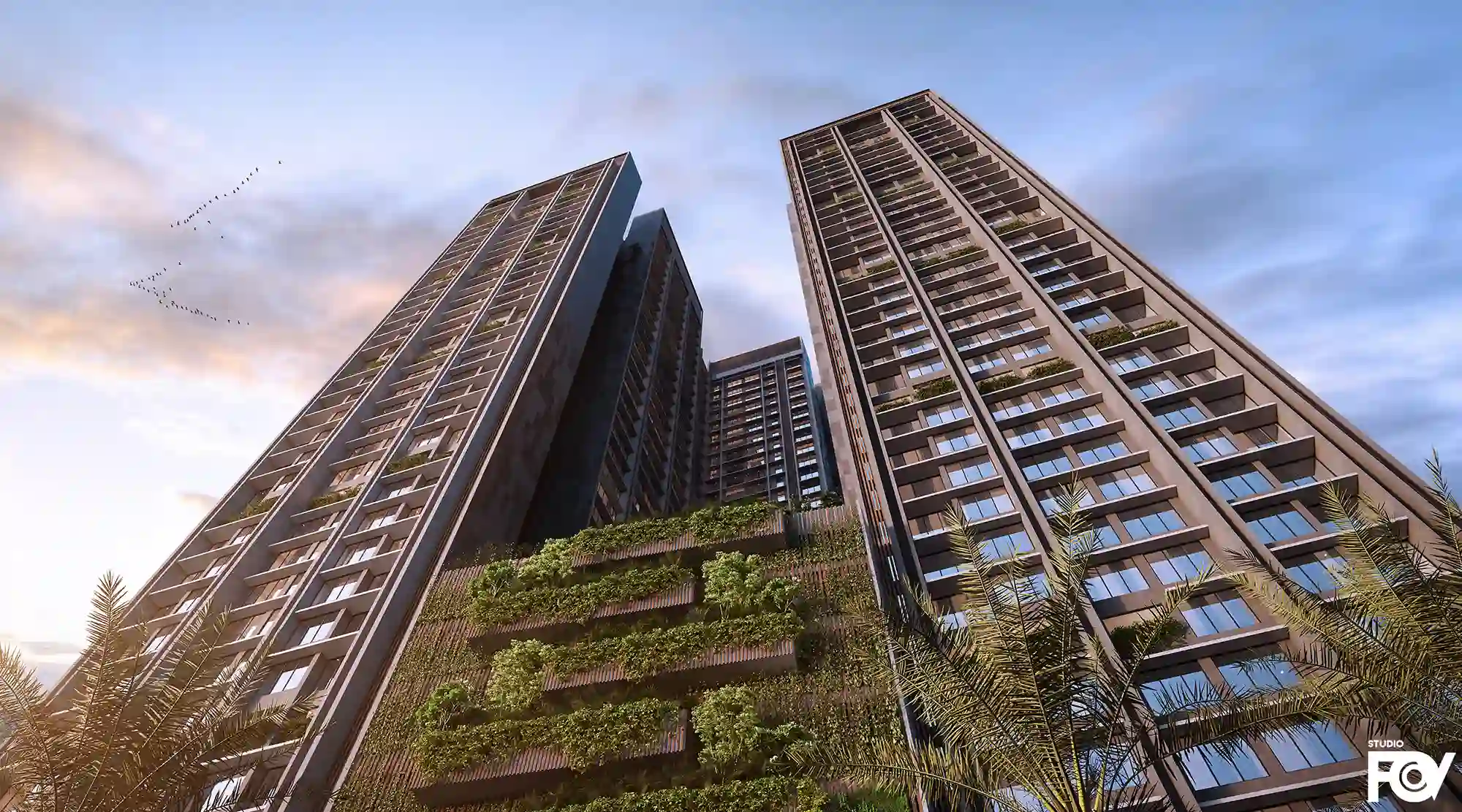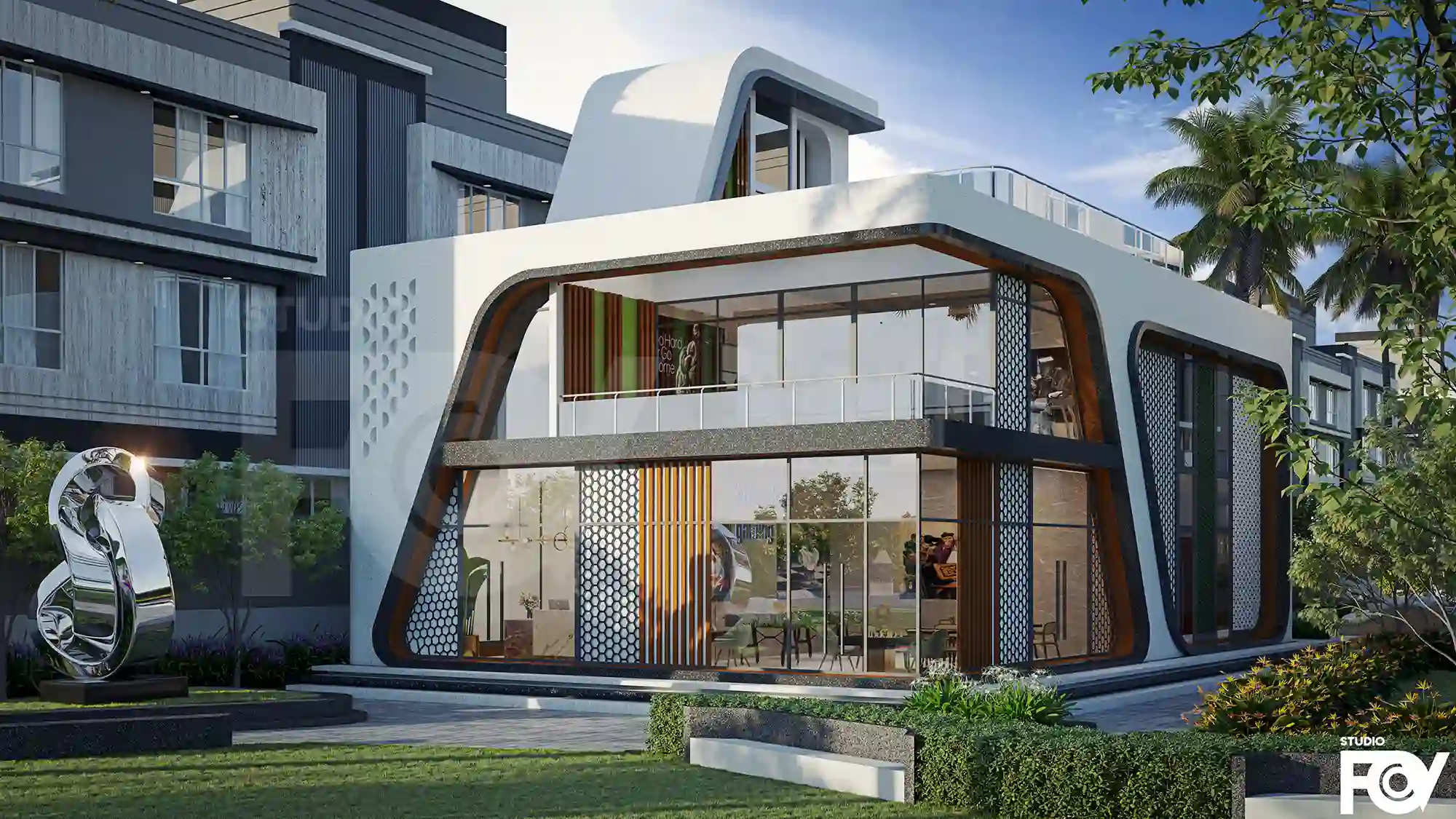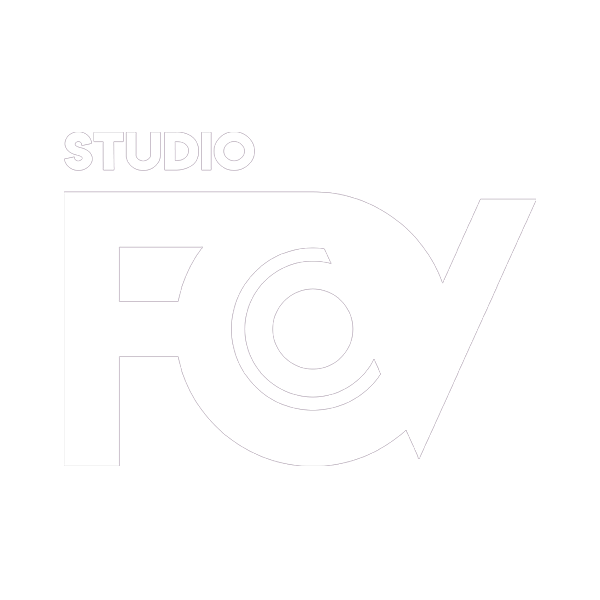Transforming Urban Planning: The Power of 3D Visualization in Large-Scale Projects
Introduction
Urban planning has evolved dramatically with technological advancements, and one of the most influential tools reshaping the industry is 3D visualization. Whether it’s city-wide infrastructure projects, mixed-use developments, or sustainable smart cities, 3D rendering, walkthroughs, and physical models provide a level of clarity that traditional blueprints simply cannot achieve.
At StudioFov, we specialize in crafting high-quality 3D renderings, immersive walkthrough experiences, and detailed physical models that bring ambitious urban projects to life. In this blog, we’ll explore how these cutting-edge tools empower architects, city planners, and stakeholders to create smarter, more sustainable urban environments.
The Role of 3D Visualization in Urban Planning
- Enhancing Project Communication
One of the greatest challenges in urban development is ensuring clear communication between architects, developers, policymakers, and the public. Traditional 2D plans can be difficult for non-experts to interpret, often leading to misunderstandings and delays.
With 3D rendering services, stakeholders can visualize entire city blocks, transportation networks, and landscape integration before a single brick is laid. StudioFov’s rendering services create highly detailed images that present designs with photorealistic accuracy, making it easier for everyone to grasp the vision of a project.
Key Benefits:
- Clearer presentations: Stakeholders can better understand design intentions.
- Better feedback integration: 3D visualizations allow for easy modifications before construction begins.
- Improved public engagement: Residents can see how a project will impact their community and provide informed input.
- Improving Decision-Making and Approvals
Urban development projects require approvals from multiple agencies and community boards. Walkthrough visualizations provide decision-makers with an interactive experience, helping them evaluate designs in a realistic setting.
With StudioFov’s 3D walkthroughs, decision-makers can explore:
- The spatial relationship between buildings and public spaces
- Traffic flow and pedestrian accessibility
- Potential environmental impacts
These immersive experiences lead to faster approvals and more informed decision-making, minimizing costly revisions later in the process.
- Realistic and Detailed Representations
A well-crafted 3D rendering doesn’t just showcase a project; it brings it to life with accurate textures, lighting, and environmental context. This realism is essential for large-scale developments, where minor design flaws can lead to significant real-world consequences.
At StudioFov, we use advanced rendering techniques to highlight:
- Sunlight and shadow studies for optimizing building orientation
- Aesthetic harmony with the surrounding urban landscape
- Structural feasibility and material selection
- Cost and Time Efficiency
Making changes to a 3D model is far easier and less expensive than modifying physical construction. Traditional methods relied on physical blueprints, which made revisions complex and time-consuming.
By using 3D visualization, urban planners can:
- Reduce costly errors before breaking ground
- Speed up project timelines by optimizing designs early
- Improve investor confidence with high-quality presentations
Physical Models: A Tangible Approach to Urban Planning
While digital 3D renderings and walkthroughs provide an immersive experience, physical models remain a powerful tool for large-scale urban planning. These scaled models allow stakeholders to physically interact with the project, offering a hands-on understanding of spatial relationships and proportions.
Why Choose Physical Models?
- Tangible Interaction: Unlike digital images, physical models provide a tactile experience.
- Public Display & Marketing: Developers use them to showcase projects in exhibitions and government meetings.
- Historical Documentation: A physical model can serve as an official record of the urban planning process.
At StudioFov, our team crafts intricately detailed physical models that complement our digital visualization services, ensuring a holistic approach to urban planning.
The Future of Urban Planning with 3D Visualization
- Integration with AI and Smart City Planning
As urban planning moves towards smart city initiatives, 3D visualization combined with AI and big data will enable cities to predict trends, optimize resources, and enhance sustainability efforts. Real-time 3D models can help monitor urban growth and environmental impact, allowing planners to make proactive decisions.
- Virtual Reality (VR) and Augmented Reality (AR) Applications
The next evolution in 3D visualization includes VR and AR walkthroughs, where users can experience a project as if they were physically present. Imagine city officials and developers walking through a new transit hub or residential complex before construction begins.
At StudioFov, we are constantly innovating to integrate these future-ready visualization tools into our services.
Conclusion
The impact of 3D visualization on urban planning and large-scale projects is undeniable. From enhanced communication and faster approvals to improved cost efficiency and public engagement, these tools are shaping the cities of tomorrow.
At StudioFov, our expertise in 3D rendering services, walkthrough visualizations, and physical models helps architects, developers, and city planners bring their urban visions to life with precision and creativity.
If you’re looking for cutting-edge 3D visualization solutions, get in touch with StudioFov today, and let’s transform the future of urban development together!
Looking for cutting-edge 3D visualization solutions? Contact StudioFov today and let’s shape the future of urban development together!




